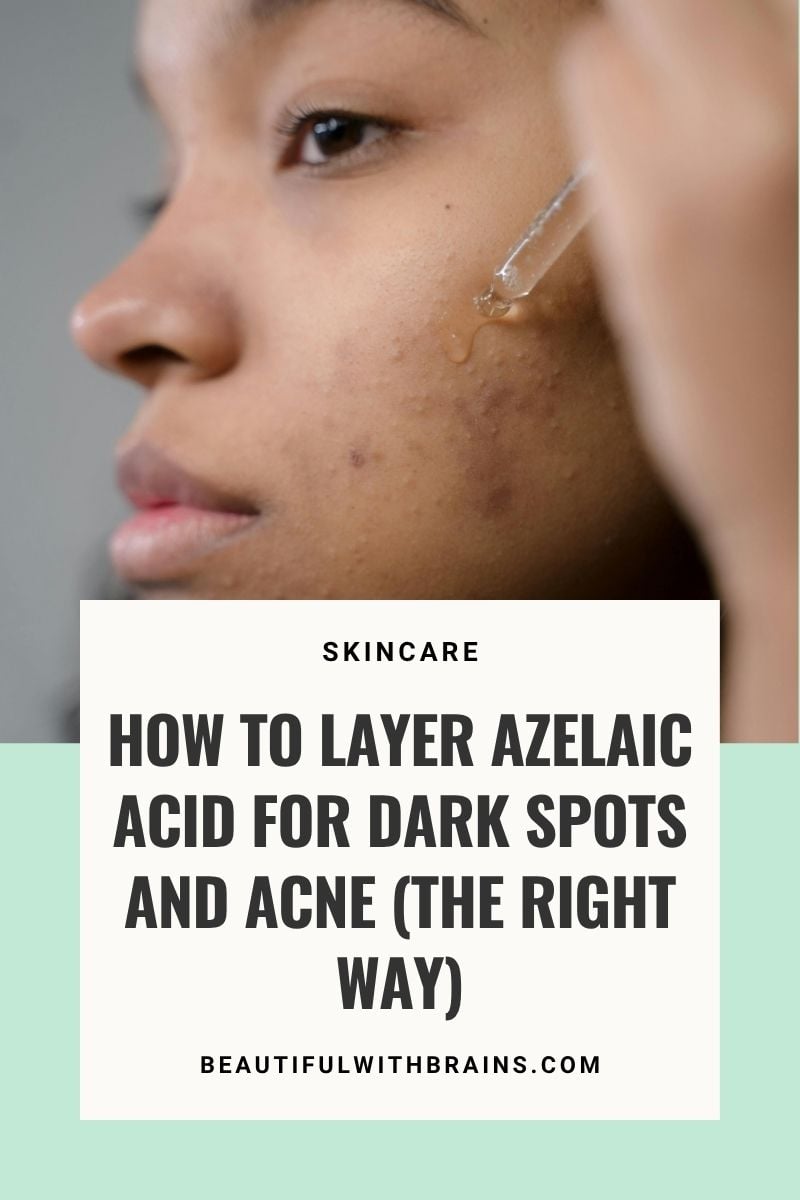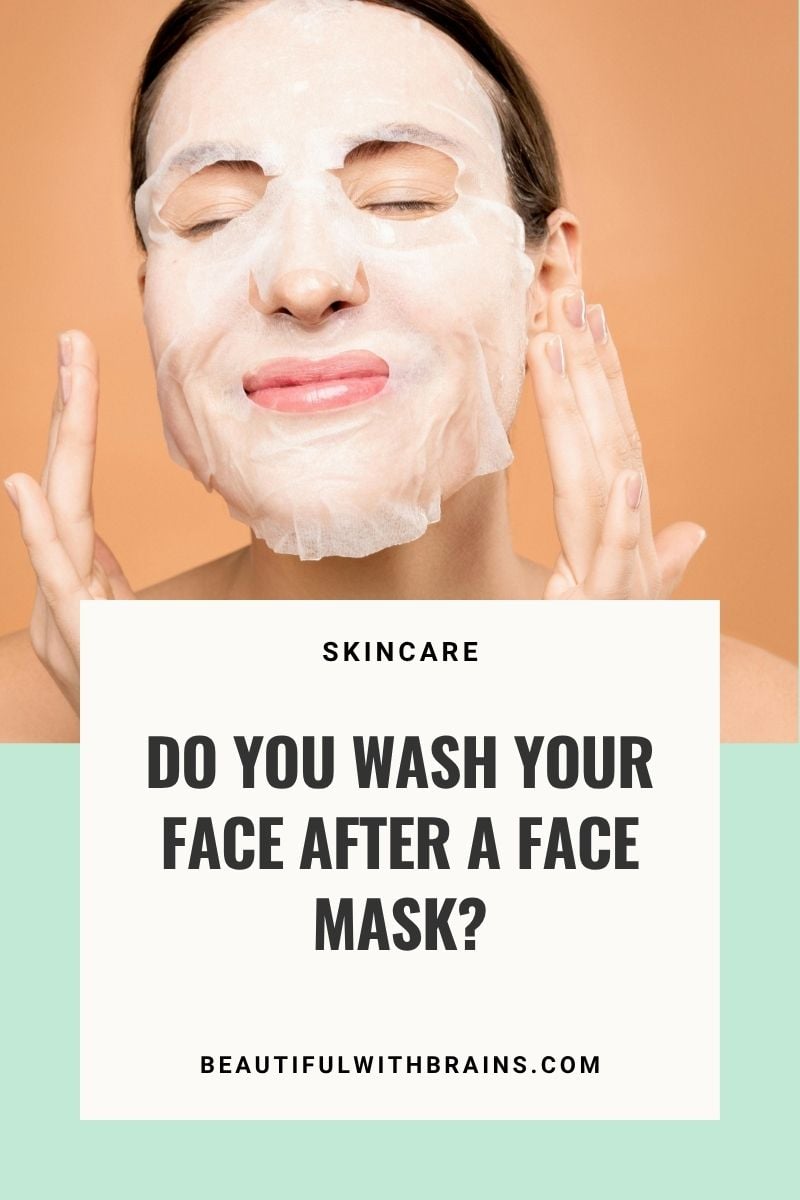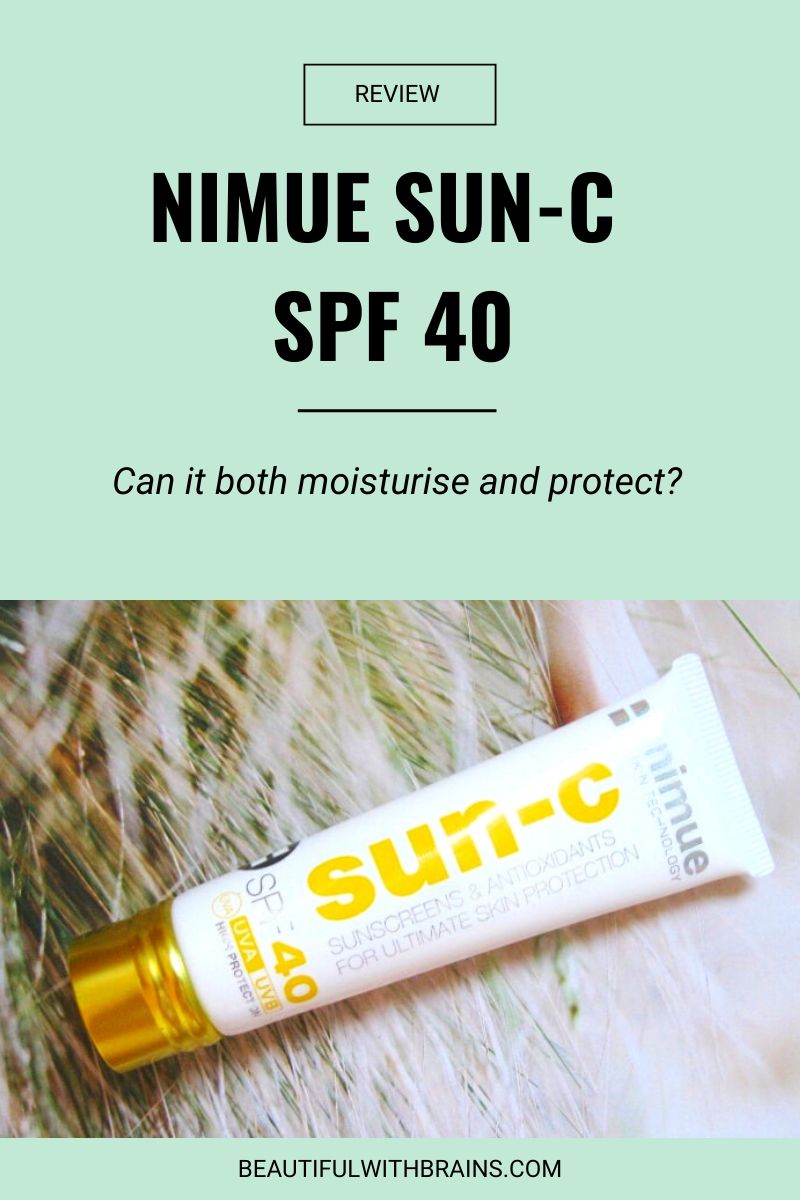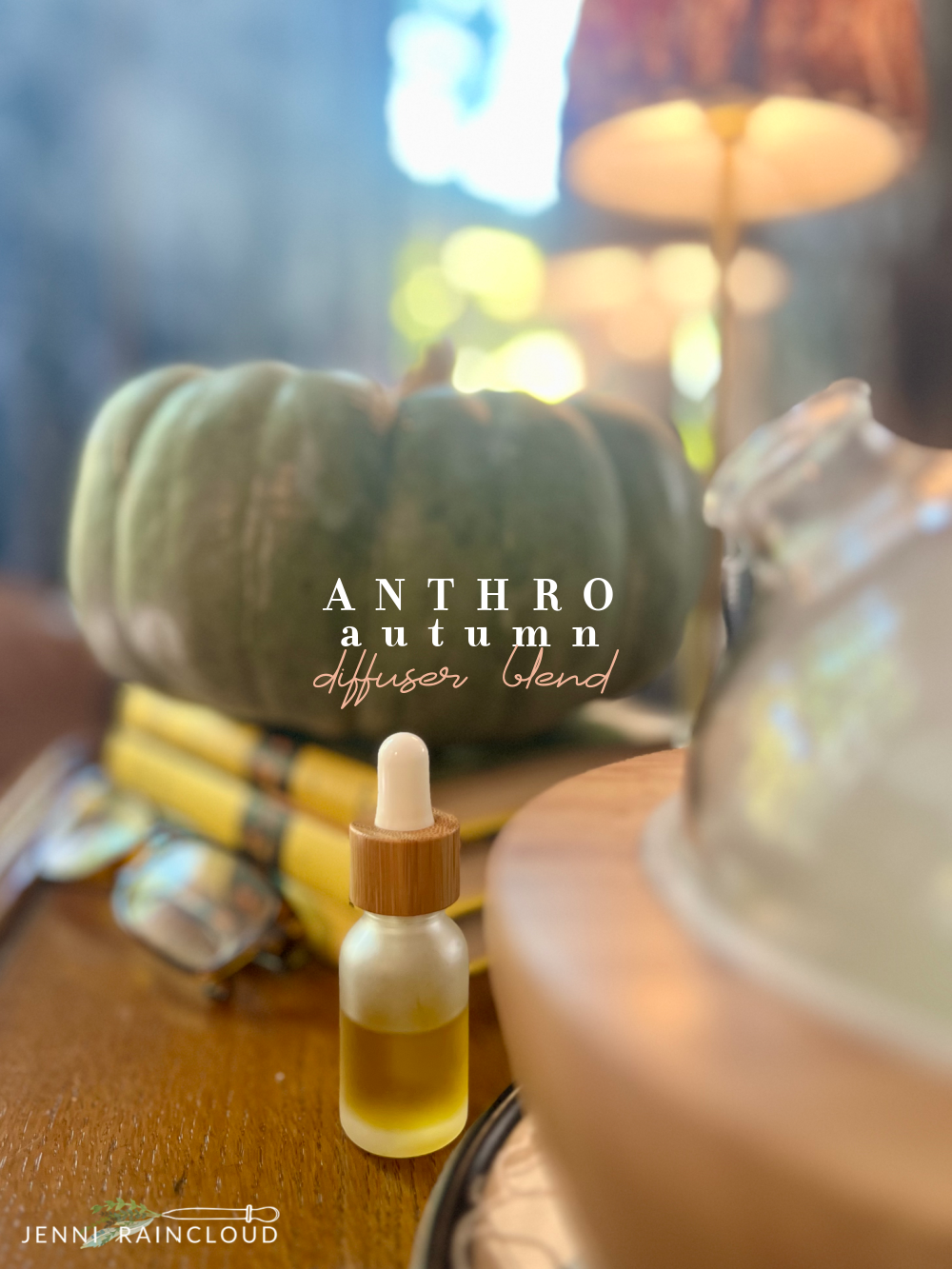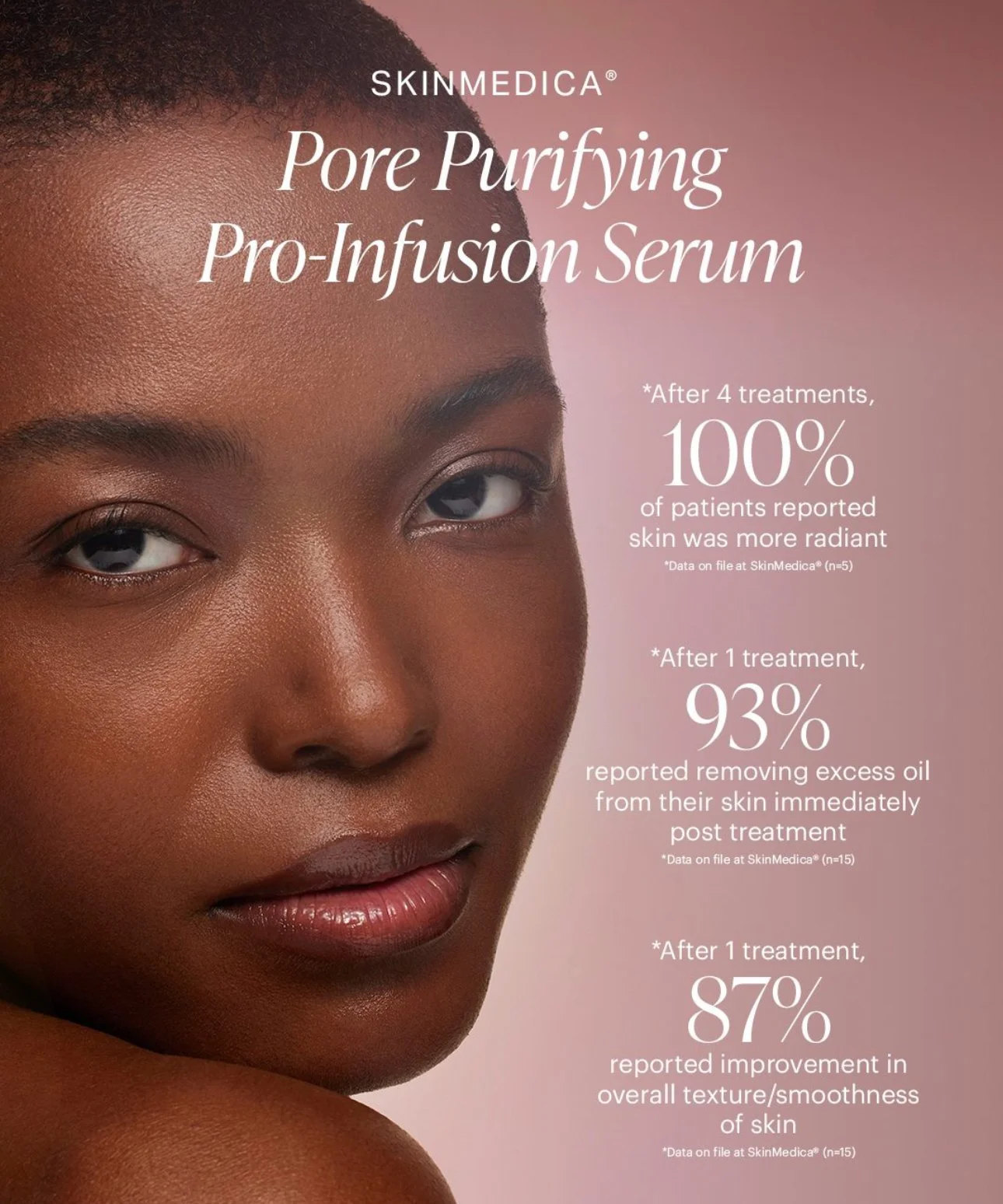
So, you’ve been scrolling TikTok and everyone’s losing their shit over azelaic acid, and now you’re like how to layer azelaic acid with all the other crap in my routine without my face falling off? Girl, I got you. In this article, we’re gonna figure out this naturally occurring acid together: what it does, how to use it without screwing up your skin, and which combos are gonna give you that glow versus which ones are gonna make you look like a tomato.
What Is Azelaic Acid Anyway?
Azelaic acid is basically the chill friend who vibes with everyone. It’s a naturally occurring dicarboxylic acid from grains like wheat and barley (yeah, the stuff in your bread), and it’s been making light work of uneven skin texture and dark spots forever, but TikTok just discovered it and now everyone’s freaking out. This unique skin ingredient is legit magic for pretty much everyone. Got oily skin that’s constantly breaking out? It helps. Dry skin that’s flakey and sad? Yep. Rosacea-prone skin that turns red when you breathe wrong? This is YOUR ingredient.
It kills the bacteria causing your acne-prone skin to act up, fades dark spots from that zit you picked last month (we’ve all been there), calms redness, and even smooths out fine lines. The nerdy bit: azelaic acid hangs out on the surface of the skin unclogging pores, chilling out inflammation, and telling your skin to chill with the melanin production. Translation? Clearer, more even skin. And unlike those harsh alpha-hydroxy acids like glycolic acid or lactic acid that can burn like hell, this stuff is way gentler for sensitive skin.
Related: Azelaic Acid VS Retinol: Which One Should I Use?
Don’t know which skincare products you can mix and match together and which ones deactivate each other? Download your FREE “How To Layer Actives Like A Pro” cheat sheet to get the most out of your skincare products:
The Basic Layering Rules
The skincare world has this rule everyone forgets: thin to thick. Water stuff first, then oils and creams. It’s like getting dressed: you don’t put your jacket on before your shirt, right? But with active ingredients like azelaic acid, retinoids, and various acids, you also gotta think about timing and whether stuff’s gonna play nice together or have a fight on your face. Chemistry class but make it skincare.
How to Actually Layer Azelaic Acid
FYI, you don’t need to use Azelaic Acid both morning and night. In fact, especially when you’re first started out, it’s best to use it only once a day – preferably at night. Why night? Easy. The more layers you put on in the morning, the higher the chance sunscreen application will be uneven.
Morning Skincare Routine
Here’s the best way to use azelaic acid when you stumble out of bed:
- Wash Your Face: Use something gentle. Get the crusty sleep and drool off. That’s it.
- Vitamin C Serum: Vitamin C and azelaic acid are actually besties for nuking dark spots and sun damage. Plus, applying Vitamin C in the morning boosts the effectiveness of your sunscreen.
- Azelaic acid: This is your moment! Pea-sized amount of azelaic acid cream or serum, spread it around. DON’T use too much. More doesn’t mean better with this shit. Common mistake everyone makes is globbing it on and then crying when their face gets pissed.
- Hyaluronic Acid (optional): I recommend you do this only if you’ve got dry skin or live somewhere that sucks the moisture out of everything (looking at you, Saudi Arabia and United Arab Emirates in summer).
- Sunscreen: This is NOT optional. I don’t care if you’re in the rainy UK or the sunny Cayman Islands or Christmas Island or the Faroe Islands-WEAR SUNSCREEN. SPF 30 minimum. Azelaic acid makes you more sensitive to sun damage and you don’t wanna fade your dark spots just to get new ones from being an idiot about sun protection.
Evening Skincare Routine
- Cleanser: Your morning cleanser is fine. If it doesn’t remove all traces of makeup and sunscreen, get a better cleanser.
- Azelaic Acid: Here’s the thing-you’re gonna use this on ALTERNATE nights, not every night. Use retinol or another powerful active. Keep in mind, Azelaic acid exfoliates skin, so using a separate exfoliant may not be necessary.
- Hyaluronic Acid: Azelaic acid, retinol, and powerful actives are harsh. Now you need hyaluronic acid to keep skin hydrate and help it better tolerate these powerful actives.
- Moisturizer: Lock it in and call it a night.
ON YOUR OFF NIGHTS (THE ONES WITHOUT AZELAIC ACID)
THIS is when you can use your retinol or retinoic acid if you want. So like Tuesday, Thursday, Saturday. See how that works? You’re alternating between azelaic acid nights and retinoid nights. Never both on the same night when you’re starting out.
What Ingredients Can’t You Layer With Azelaic Acid?
Real talk about what NOT to do:
- Alpha-Hydroxy Acids (AHAs) and Beta-Hydroxy Acids (BHAs): Do NOT use glycolic acid, lactic acid, or salicylic acid on the same night as azelaic acid. I’m serious. They all exfoliate and using them together is literally sandpaper on your face.Beta-hydroxy acid (salicylic acid) dives deep in your pores, alpha hydroxy acids (glycolic and lactic acid) work on the surface, and azelaic acid does kind of both. You use them on the SAME night, especially with sensitive or rosacea-prone skin? Yeah, you’re fucked. Use azelaic acid on its own nights. Use your other acids on different nights. That’s it. That’s the rule.
- Benzoyl Peroxide: This combo can be super drying. If you absolutely need both, do benzoyl peroxide in the morning, azelaic acid at night on alternate nights. And moisturize like crazy.
- Everything all at once: The biggest common mistake? Trying to use every ingredient you saw on TikTok at the same time. Your face isn’t a science experiment. Chill.
Related: Which Skincare Ingredients Should You Never Mix And Match?
Start Slow
Here’s what nobody warns you about: “gentle” doesn’t mean your skin won’t need to adjust. First time using azelaic acid or adding it to a routine that already has other actives? Take. It. Slow.
- Week 1-2: Azelaic acid every other night, nothing else fancy
- Week 3-4: Every night if your skin’s cool with it
- Week 5+: Start adding other actives like retinoids, but on different nights
Common Mistakes When Layering Azelaic Acid
Okay so people mess up with azelaic acid constantly and then wonder why their skin looks like crap. Here’s what everyone does wrong:
- Going too hard too fast: You can’t just slap it on every night from day one. Your skin’s gonna freak out. Start every other night, maybe every third night if your skin’s a little bitch about new stuff. Rosacea-prone skin? Definitely go slow. I don’t care what TikTok told you. Work your way up or suffer.
- Throwing everything on at once: Just because azelaic acid plays nice with niacinamide and vitamin C doesn’t mean you dump your entire routine on your face. Keep it simple when you’re starting. Azelaic acid plus maybe one other thing, that’s it. Your face isn’t a petri dish.
- Using way too much: Pea-sized amount. That’s it. More doesn’t make it work faster, it just pisses off your skin and wastes your money.
- Skipping sunscreen when it’s cloudy: UV rays don’t care about clouds. You’re fading dark spots and fixing uneven skin tone just to let sun damage fuck it all up again? Wear SPF every morning whether you’re in South Africa or rainy England.
- Quitting after two weeks: Two weeks isn’t enough. Azelaic acid takes like 8-12 weeks to actually do something visible for dark spots and acne-prone skin. Stick with it or don’t start.
- Mixing it with other acids the same night: No glycolic acid, no lactic acid, no salicylic acid on azelaic acid nights. One exfoliant per night. People keep doing this and then cry about their destroyed skin barrier. Don’t be stupid.
How To Layer Azelaic Acid For Different Skin Concerns
Here’s what’s actually cool about azelaic acid: it does similar shit as other ingredients but in completely different ways. Which means you can be smart about combos instead of just slapping everything on your face and praying.
DARK SPOTS
Vitamin C stops new ones before they show up. Azelaic acid blocks the enzyme making the dark crap. Alpha hydroxy acids scrub off the top layer so the brighter skin shows through.
What I’d do: Vitamin C in the morning, azelaic acid at night every other night. Boom, you’re fading those spots without wrecking your skin. Acids? Drop them. It’s not about using all the things. It’s about using what works best.
ACNE
Salicylic acid gets in your pores and clears the nasty stuff. Benzoyl peroxide kills the bacteria but also kinda nukes everything else. Azelaic acid kills bacteria, calms everything down, AND unclogs pores without being such an asshole about it.
My move: Find a product that has both azelaic acid and salicylic acid in it-they’re actually formulated to work together so you don’t have to play chemist. Use that at night on alternate nights. If things get really bad and you need the nuclear option, benzoyl peroxide can help, but honestly it’s harsh as fuck so I’d avoid it if you can.
FINE LINES
Retinoids speed up your skin doing its thing and make more collagen. Alpha hydroxy acids get rid of dead skin hanging around. Azelaic acid exfoliates gently while chilling out any inflammation.
How to do it: Retinoid maybe 2-3 nights a week. Azelaic acid on the nights you’re not using retinoid. If your skin’s tough enough, throw azelaic acid in the morning too. Just never both at night, that’s asking for trouble.
Does Azelaic Acid Have Any Unwanted Side Effects?
Look, even though azelaic acid is pretty chill, side effects of azelaic acid still happen. Here’s the real deal:
- Tingling or warmth: Totally normal at first. Should fade after like 5-10 minutes. If it doesn’t, maybe your concentration’s too high.
- Bit red: Yeah, happens when you start. Goes away as your skin adjusts. Still red after a few weeks? You’re overdoing it.
- Flaky and dry: Your skin’s screaming for moisture. More moisturizer or use it less. Maybe every third night instead of every other.
- Actually hurts and stings: Wash it off NOW. Take a week off and when you try again, go lower concentration or do the sandwich thing (moisturizer → azelaic acid → more moisturizer).
- Hives or swelling or your face is melting: Allergic reaction. Rare but it happens. Stop using it, don’t go back to it, see a derm if it’s really bad.
Is Azelaic Acid Safe During Pregnancy And Breastfeeding?
Here’s the good news: unlike retinoids and tons of other stuff, azelaic acid is usually totally fine when you’re knocked up or nursing. Most docs will say go for it if you’ve got pregnancy acne or those dark patches (melasma) that show up. It’s one of the few actives you can use without panicking about it. BUT, I’m not your doctor, obviously. Check with your actual doc or derm before you start anything new when you’re pregnant or breastfeeding. Just ’cause it’s usually safe doesn’t mean you shouldn’t ask.
What Are The Best Products With Azelaic Acid?
- Facetheory Blemicalm Azelaic Acid 15% Clarifying Serum (£26.00): Loaded with 15% Azelaic acid and colloidal oatmeal, it helps treat acne, soothe irritations, and lighten dark spots. Available at Facetheory
- Paula’s Choice 10% Azelaic Acid Booster ($36.00): It includes a touch of Salicylic Acid to unclog pores too. Available at Cult Beauty, Paula’s Choice, and SpaceNK
- The Ordinary Azelaic Acid Suspension 10% ($12.20): A simple, no-frills formula that just works without breaking the bank. Available at Beauty Bay, Cult Beauty, The Ordinary, and Ulta
The Bottom Line
Look, how to layer azelaic acid isn’t rocket science. Start slow, use it on alternate nights, don’t mix it with other acids on the same night, and wear sunscreen. That’s literally it.This naturally occurring acid works for pretty much everyone: oily skin, dry skin, sensitive skin, acne-prone skin, dark spots, uneven skin tone, whatever. It’s one of those rare skincare ingredients that actually does what it says without being a dick about it. You’re not gonna wake up with perfect skin tomorrow. Give it like 8-12 weeks of actually sticking with it and you’ll see real changes.Stop overthinking it. Stop reading a million blogs. Stop trying to copy what some influencer in South Korea is doing. Just use the damn thing consistently and listen to what YOUR skin’s telling you.Now go fix your face and stop stressing.






